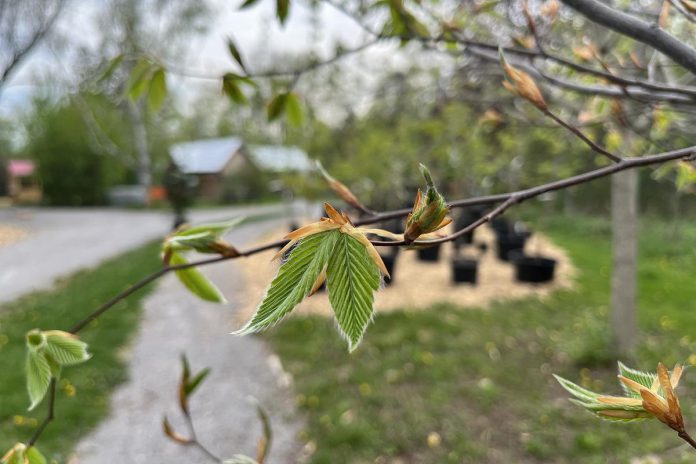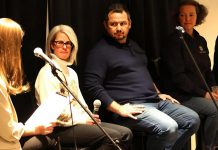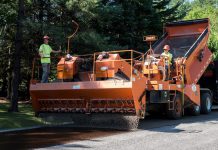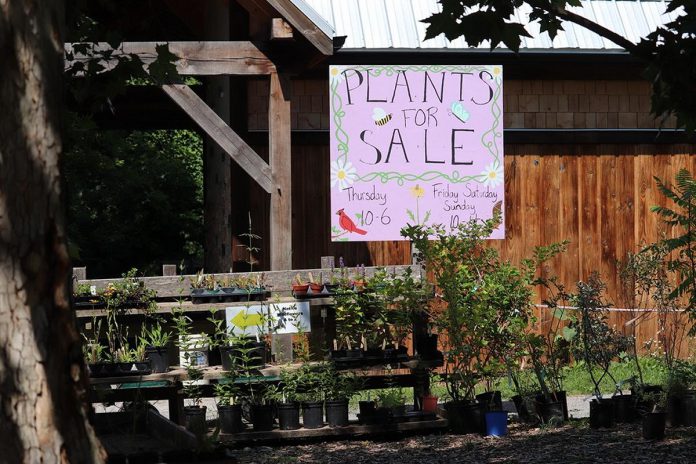
Hi there! Vern Bastable here at Ecology Park. Everyone at GreenUP is excited to once again be preparing for our annual spring opening event this year! Gardening season is upon us, and we’re all ready to start fresh with some new shrubs, trees, and seedlings.
The annual spring opening event is Saturday, May 21st from 10 a.m. to 4 p.m. at the GreenUP Ecology Park Native Plant & Tree Nursery. While Ecology Park is located at 1899 Ashburnham Drive, the nursery is accessible only by foot from the parking lot at Beavermead Park. Vehicles can enter Ecology Park from Ashburnham Drive for compost and mulch pickup only.
Sorry, but there is no parking within the park.
The Ecology Park Nursery is known as one of the best local sources for native plants, with over 150 types of edible and native varieties of plants, shrubs, and trees.
For the first time since the pandemic began, the spring opening event will also feature many annuals and veggies grown by students in the horticultural program at Thomas A. Stewart Secondary School.
Whether you’re a seasoned gardener or just entertaining the thought of your first green thumb, there’s always something to learn and enjoy at the Ecology Park Nursery.
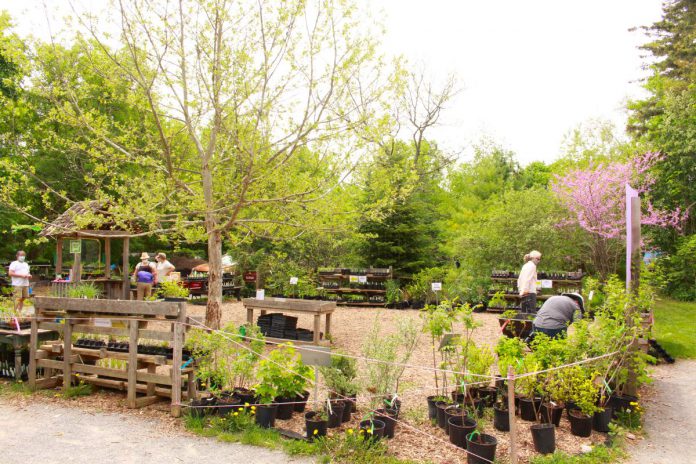
This year, before you go for the same old annuals or succumb to impulse-buying the first fancy flower that catches your eye, we’ve got something easier and better for you to consider.
Here’s the thing that many people don’t realize: selecting the right native species for your garden can deliver more beauty and benefits with less labour, less maintenance, and less cost than some common approaches to using introduced species and more cost-intensive landscaping.
Using native species allows you to enjoy your yard and garden while also investing in the future of your property and restoring nearby nature.
Introduced or non-native species, by definition, do not belong here. Those introduced species can also introduce you to a lot of undesirable costs and drawbacks. They can demand extra attention and resources from you because they are not accustomed to the weather and soil of this region. They may also not play nicely with native species and pollinators. All of this together can increase the maintenance needs for your entire landscaping plan.
Maybe it’s just me, but I enjoy gardens and landscapes that give back in more ways than one.
Planting smarter, not harder, means choosing native species appropriate to your landscape. These species have developed complex evolutionary relationships with other native species. Even better, planting a diverse range of native species can create a vibrant legacy in your corner of wilderness that anticipates future climate changes.
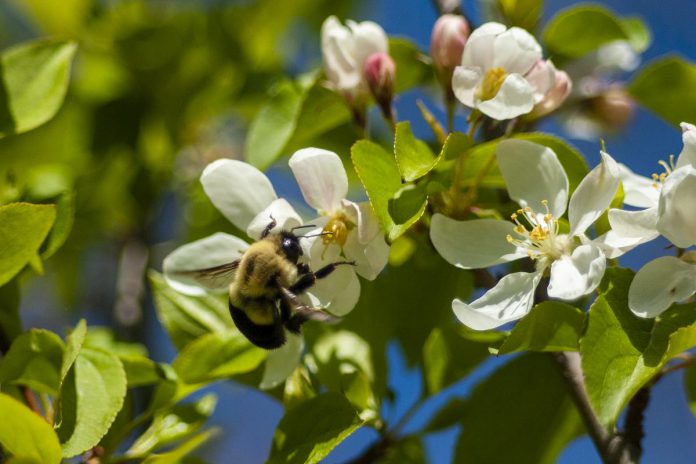
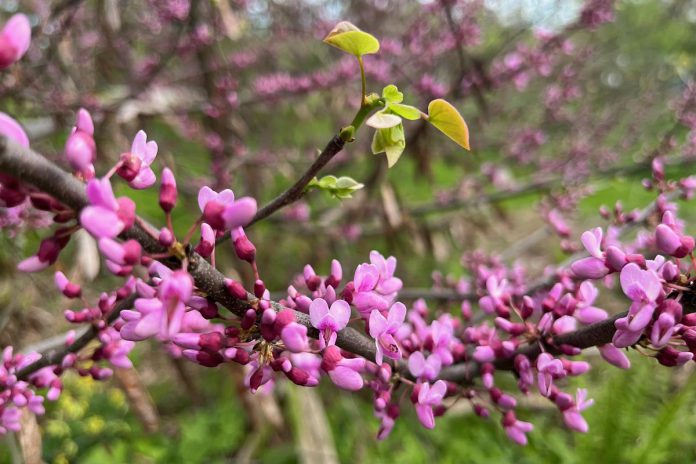
Well-chosen native species can augment your property for decades to come in several ways: restore and protect local habitats, create vibrant landscaping that is often easier to care for, add property value, protect your home from flooding, draw in local birds and critters for your viewing enjoyment, reduce the cost of utilities (like heating, cooling, and water usage), and, last but not least, fight climate change.
Well-chosen native species can also help out during those extreme droughts and floods we’re seeing more regularly. The robust root systems of some native species help them survive long periods without rain. Those same root systems also soak up the rain during heavy rainfall events, preventing runoff and erosion that can damage your property and impact water quality.
Come get some tips from our team at Ecology Park Nursery’s spring opening event on May 21 from 10 a.m. to 4 p.m.
If you have more questions, remember that the Ecology Park Nursery is open all spring and summer into the early fall, right up until closing on October 7. Regular hours are 10 a.m. to 6 p.m. Thursday to Saturday and 10 a.m. to 4 p.m. on Sunday.
More details and a plant catalogue are available at greenup.on.ca/nursery.
All proceeds from sales at the Ecology Park Nursery support GreenUP’s non-profit programming in communities throughout Peterborough and the Kawarthas.
